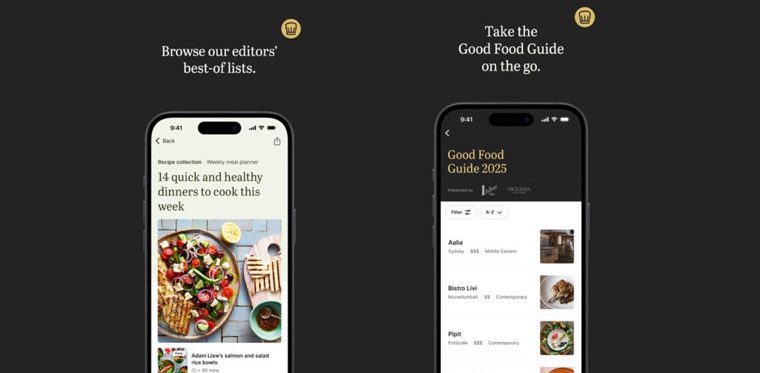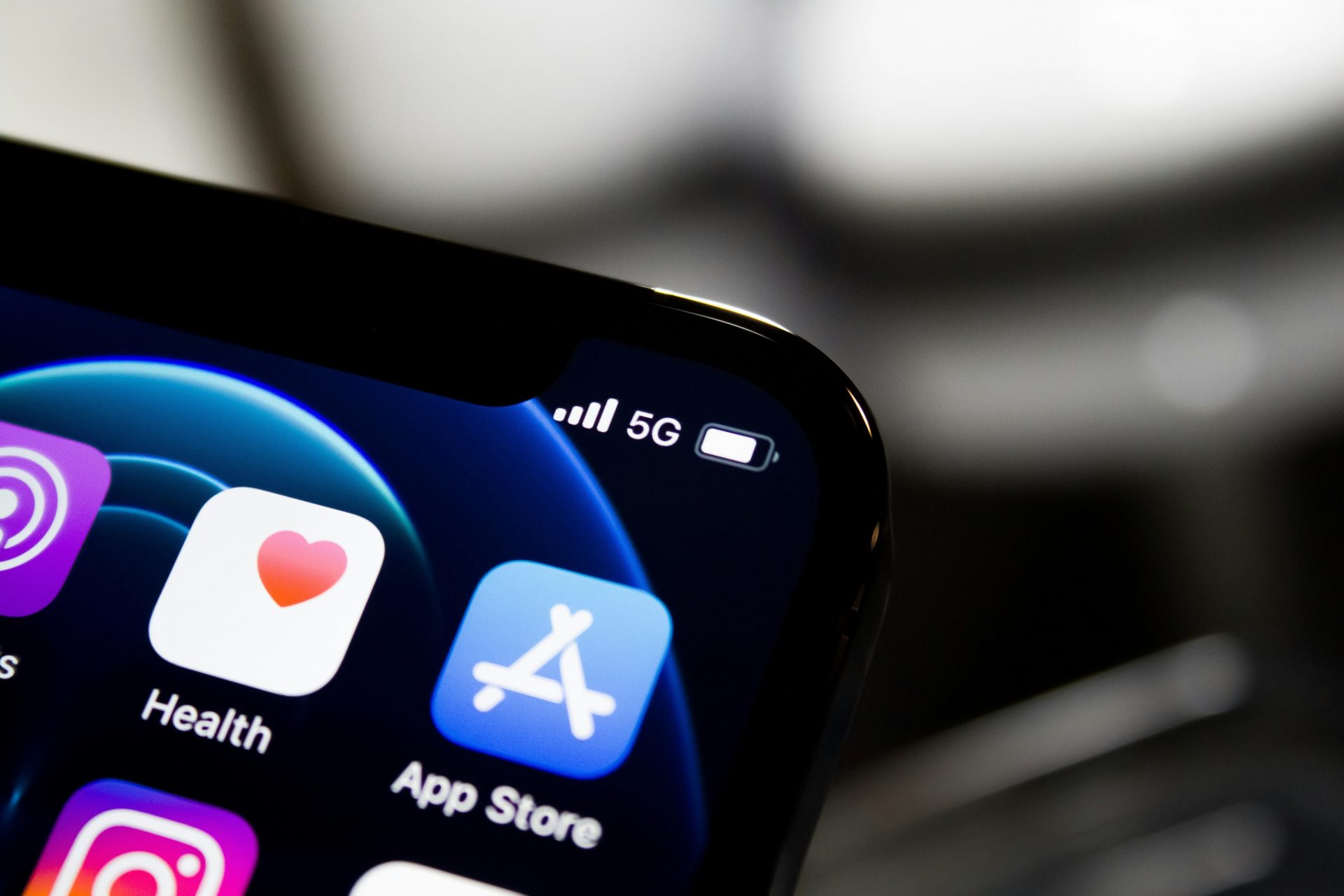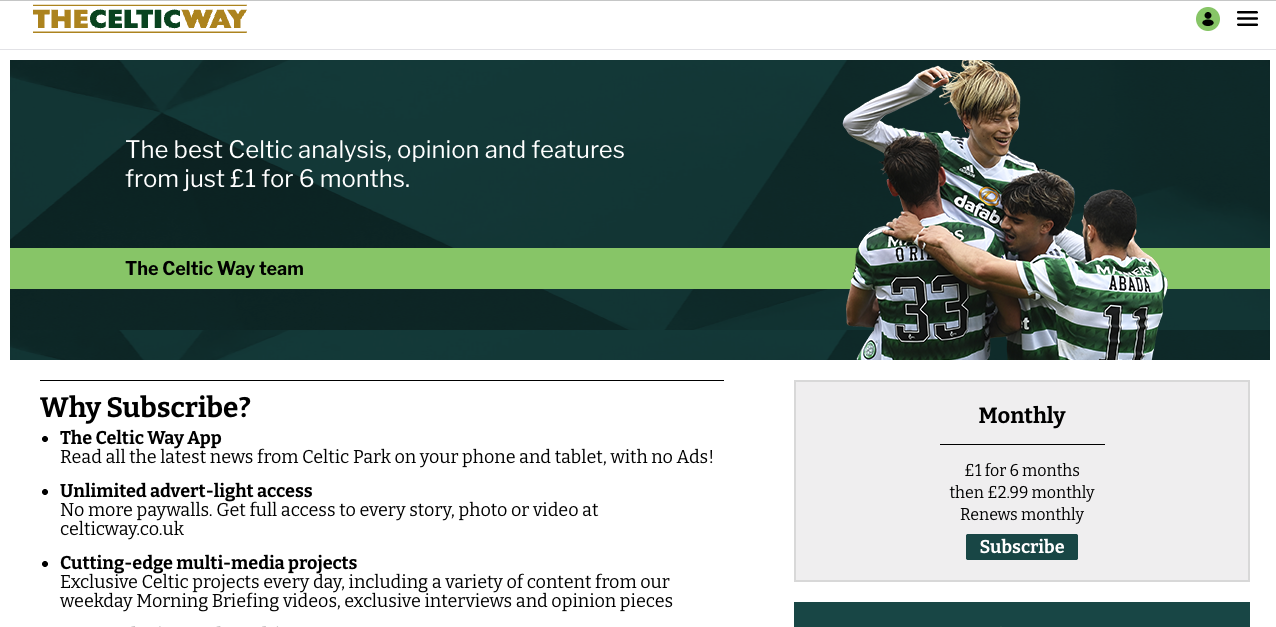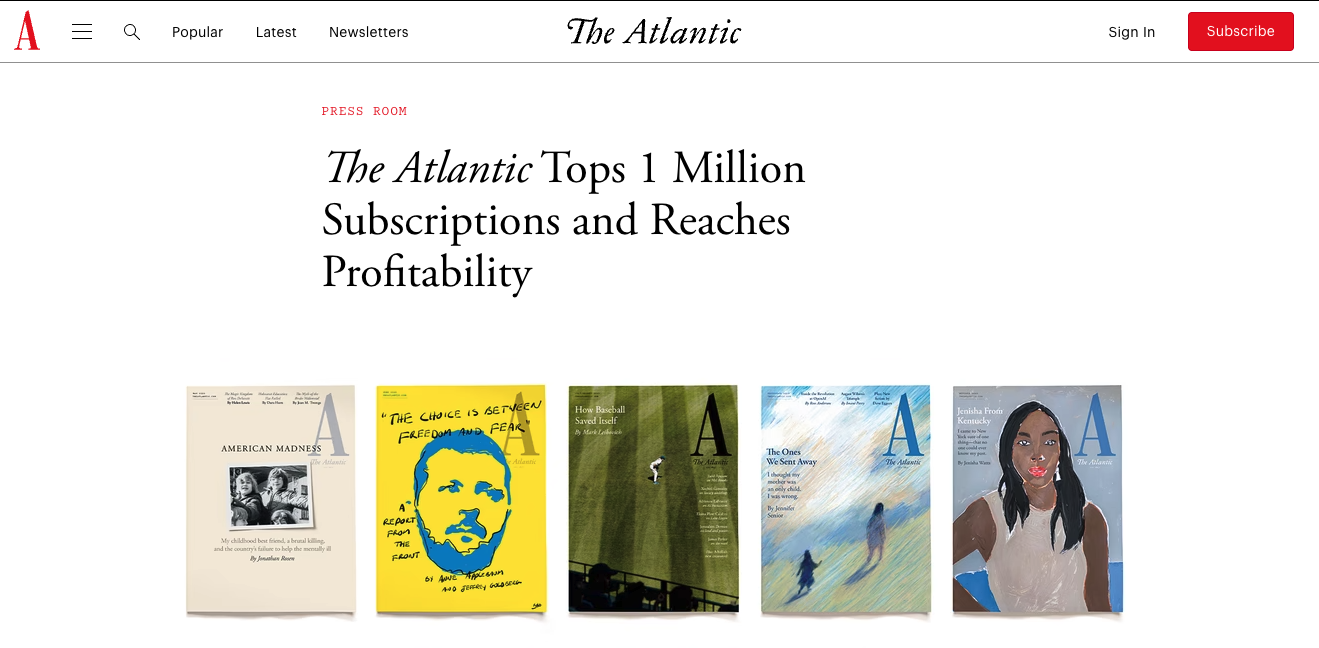
Newsletter
Newsletter
SEO is well understood by most publishers, and we outline how to leverage this knowledge to improve your app’s discoverability and drive downloads.
11th April 2025

In recent years, we have seen a shift in how publishers treat their mobile apps. They are no longer viewed as just one of the products that are purchased as part of a subscription but are developing into sales drivers of their own. Publishers have developed experiences that can only be delivered by apps, such as premium membership offerings from Men’s Health and Women’s Health from Hearst UK.
With these changes, the marketing of apps has moved up the conversion funnel. They are no longer simply retention products or conversion products solely for the relatively small part of the audience who makes an in-app purchase.
It’s why we developed a strategic guide for our Mobile Matters community, which outlined how to drive downloads from new users and existing subscribers. The key is integrating app promotion into all stages of the user journey, from the first interactions through to renewal and winback. This includes:
And in this rapidly changing media market, driven by changes in audience behaviour and content discovery, publishers will need to be agile, measuring and testing approaches to continuously optimise strategies to improve app download rates and user engagement.
By James Kember and Kevin Anderson
Users follow a couple of paths to download your app, either by downloading it as part of their subscription or finding it via an app store.
Fortunately, discoverability as a concept is nothing new for most publishers who have advanced tactics for Search Engine Optimisation (SEO), which has been a key driver of the advertising and subscription business model. (We’ve also written a guide to SEO that’s well worth a read.)
SEO focuses on the web. For publishers who have built effective SEO strategies, we’re going to focus on how to adapt those skills to drive users to the app through a combined SEO and App Store Optimisation (ASO) strategy.
Both SEO and ASO are designed to increase visibility and drive traffic in different contexts. SEO is to websites what ASO is to apps on the Apple App Store and Google Play. Yet, their aims are similar, and both rely heavily on keyword optimisation to improve discoverability. Keyword research is the first step to attracting the right audience.
Moreover, both SEO and ASO are driven by user experience. For websites, Google ranks them based on how fast they load, whether ad formats are intrusive and even whether the content is helpful – an algorithmic measure of the distinctiveness and quality of the content. For apps, store ratings and reviews are used as an important proxy of the UX and content quality. Success is measured similarly for both the web and app, with metrics such as organic traffic for SEO and app downloads and retention for ASO being the most common KPIs.
That being said, there are also some important differences between the two, which need to be appreciated to make the most of both. SEO success depends on factors like backlinks, content and keyword quality, site speed and the right paywall blocking that allows the site to be indexed by search engines. ASO is arguably less technical, requiring optimisation of elements such as ratings, reviews, app icon and app imagery. Some publishers have members of staff who are ‘review whisperers,’ who respond concretely to negative reviews. Having a member of staff dedicated to monitoring reviews will improve the results overall and often is also a good source of user feedback to make your app better.
Also, since ASO is focused on bringing traffic into an app store listing rather than a website, the approach needs to be informed by how the stores work. You will also need a different approach for Google and Apple because they both weigh different aspects of the app store listing. Moreover, SEO and ASO can work in tandem to drive discovery and downloads of your app.
The first approach is to link SEO activity to your app in an intentional way. This should be done by creating an app landing page on your website, as suggested in our strategic guide. This page must:
If users search for specific app features or categories, ensure your site ranks for those keywords. Then, direct users to download your app by linking directly to the app store page.
Moreover, by including links to the app stores throughout your site, more people will see your on-site app marketing because of your SEO efforts. Mentioning the app, when appropriate, in articles can also be helpful. For instance, if you have a special editorial feature in your app for a major sports event, election or live coverage, you can direct people to the app and encourage them to follow it through unique app-only features such as push notifications or Apple’s Live Activities. If you have an article, blog post or landing page which is well-ranked due to your SEO efforts, you can drive traffic directly to your app’s download page.
Just as with SEO, the app title, subtitle and description of an app listing impact its discoverability. Therefore, make sure that you analyse the keywords that are driving downloads of your app. An ASO tool like AppTweak can help, and we use it for high-level ASO audits of app store listings. However, if traffic to the app store listing is limited, we suggest looking at your SEO tools to see what is already working on the site. Once identified, these keywords should be sprinkled judiciously throughout the description, app titles and in Apple’s keyword field.
Apple and Google work differently so you’ll need to tailor your ASO approach. In Google Play, the description will have a direct impact on the ranking of the app against keywords, while Apple will only rank based on keywords in the title, subtitle or keyword field in App Store Connect. That being said, Google indexes and ranks iTunes pages, so it remains beneficial to optimise the description, even on Apple.
By integrating SEO strategies to promote web-based content and ASO strategies to improve app store visibility, you will drive more traffic to your listing and increase your app downloads. It maximises the touchpoints you have with your audience to convert more of them to app users, which we know can increase the habit and loyalty of your audiences.
Georges Media Group, Louisiana’s largest media organization, launched The Times-Picayune | NOLA and three other titles on Pugpig Bolt, joined by The Advocate, The Shreveport-Bossier City Advocate, and The Acadiana Advocate. This brand new launch marks a significant milestone in Georges Media’s digital transformation strategy, placing mobile apps at the forefront of their reader engagement and subscription initiatives. Read more here.
From 14-16 April, we’ll be taking residence at The Pug & Pig pub at the MEGA conference in Orlando. If you’re in town, swing by to say hello or chat about your mobile strategy. Hope to see you there!
Here are some of the most important headlines about the business of news and publishing as well as strategies and tactics in product management, analytics and audience engagement.

Newsletter

Newsletter

Newsletter

Newsletter